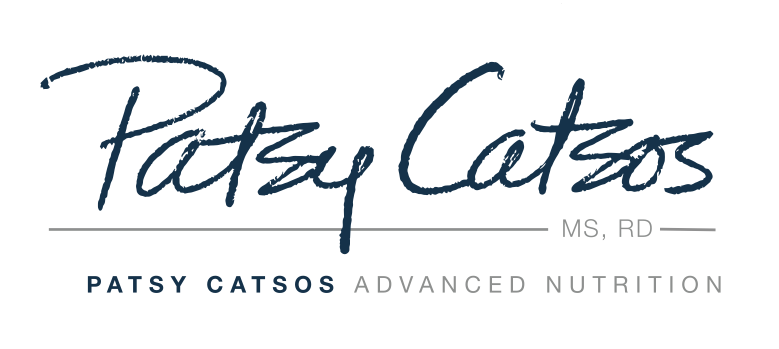There is a limit to how much fructose a body can absorb over a given time period. Each person's limit is different. An individual who can absorb very little fructose per meal or per day is said to have fructose malabsorption (FM). The collection of symptoms that some people experience when fructose is malabsorbed, such as gas, bloating, abdominal pain, diarrhea, or constipation are referred to as dietary fructose intolerance (to distinguish it from another medical problem called hereditary fructose intolerance). Malabsorption leads to intolerance in some people. I know this all sounds like splitting hairs, but I just want to make sure we're all talking the same language.
There are tests for fructose malabsorption, but researchers are divided on whether the tests are clinically useful or not. In early FODMAP studies at Monash University, fructose malabsorption testing was used to identify good candidates for the low-FODMAP diet. More recent studies suggest that fructose malabsorption is part of normal human physiology--it should be expected to occur (even in people without symptoms) when anyone eats or drinks a lot of fructose over a short period of time. The problem is not fructose malabsorption. The problem is the way some people's bodies respond to fructose malabsorption with painful symptoms.
Food sources of fructose include high-fructose corn syrup, honey, and agave. Sometime fructose is used to sweeten protein powders and chewable vitamin or mineral supplements. Table sugar is exactly 50% fructose and 50% glucose; it is absorbed more effectively when there is some glucose present.
Food sources of fructose. Can the FODMAP elimination diet help people with fructose malabsorption?
All fruits contain fructose, so they all must be consumed in small portions on a low-fructose or low-FODMAP diet. Many fruits contain polyols (the P in FODMAP) in addition to fructose. Polyols get in the way of fructose absorption and can make symptoms worse. These fruits are not recommended on the elimination phase of a FODMAP elimination diet, especially pears, apples, watermelon, and cherries. Sugar-free products made with sorbitol, mannitol or erythritol should not be consumed with fruit, either, for the same reason.
People who experience fructose intolerance are predisposed to react poorly to large loads of other rapidly fermentable, osmotically active carbohydrates, too. Therefore, many people with FM will find the FODMAP approach helpful. However, children or adults who are on the extreme end of fructose intolerance may find they have to limit fruit and sugar to even smaller portions than those listed in the book.
Click here for more information about hereditary fructose intolerance.
This page may contain affiliate links. We are a participant in the Amazon Services LLC Associates Program, an affiliate advertising program designed to provide a means for us to earn fees by linking to Amazon.com and affiliated sites.

